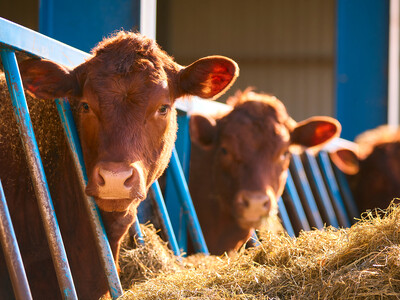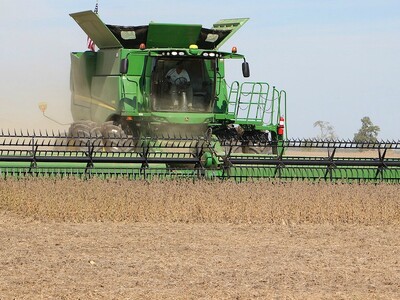Risk Management
With your Southeast Regional Ag Report, I'm Trevor Williams.Any sort of business has its associated risks. Farmers and ranchers know this better than most as crops and livestock are often impacted by weather, economic downturns, changes in consumer demands, and global pandemics, which we are seeing now. One bad growing season or a slight decrease in demand can cause multigeneration farms to go out of business. One of the best methods to staying afloat, especially during hard times, is coming up with a plan. Planning to streamline production, improvements in marketing, diversify the operation, and paying attention to market trends can all help future proof farms. While plans usually never go completely according to plan, the important part is having a plan in the first place. The burden of planning shouldn't just rest on the shoulders of the owner, however. Many argue that the more valuable inputs you can gather, the strong the business plan will be.
Jack Davis of South Dakota State University explains a method to help ag producers plan for managing risks during dynamic times.
"You need to do some of those brainstorming or tabletop sessions to think of different scenarios. If we are a family business or just individuals, it can't be up to one individual of the operation to come up with the different scenarios. You at least want to involve your key management people and key owners in developing those key scenarios. And another thing that can be done there is break those down into certain areas to watch, picking an area for them to watch. That gives them more depth in that area of business that might affect the individual business. Then they can bring those back to the tabletop session."
One of the most popular quotes on planning comes from American Author, Alan Lakein, "Failing to plan is planning to fail." Do you have a plan in place?

















